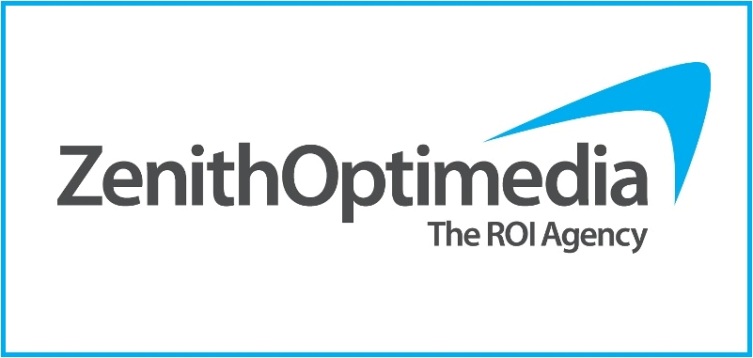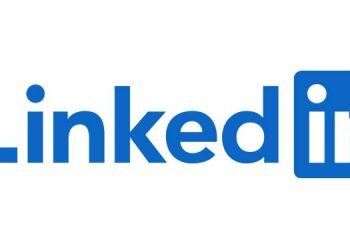Asia’s fast-growing advertising economies are a bright spot on an otherwise relatively sluggish global industry forecast by media agency Zenith Optimedia.
While ad spend growth is slowing down in three out of the four BRIC markets that were behind much of last decade’s ad market expansion, growth in China has dropped from 16.9 per cent between 2005 and 2010, to 7.5 per cent between 2015 and 2018.
India, Indonesia and the Philippines are the only markets expected to grow by double digits over the next three years. The Philippines and India are to grow by 13 per cent, and Indonesia by 17 per cent.
However those figures, particularly for Indonesia, look optimistic right now at a time when consumer spend has fallen, and advertisers have cooled spending on television, the dominant medium.
Globally, ad spend is expected to rise from 3.9 per cent in 2015 to 4.7 per cent in 2016 due to a boost from the US presidential elections, the Summer Olympics and the UEFA football championship in Europe.
The next three years will see mobile overtake desktop and account for 50.2 per cent of all internet advertising globally.
Desktop internet advertising is expected to peak at US$114 billion in 2017, and fall back to US$113bn in 2018 as adspend moves from desktop to mobile.
The overall share of TV is expected to decline over the next three years, dropping from 37.7 per cent in 2015 to 34.8 per cent by 2018.
TV is likely to fall behind internet as the world’s biggest ad medium by 2018, reckons Zenith.
But TV plus online video – or audio visual display – will account for a record 48.4 per cent of display advertising in 2015, up from 44.1 per cent in 2010, and that will grow to 48.9 per cent in 2018.
“Growth of the global ad market is being driven by advances in technology, especially mobile and programmatic tech,” said Steve King, ZenithOptimedia’s worldwide CEO.
“But television remains by far the most important channel for brand communication, and online video, its digital offshoot, is increasing the audiovisual share of global display advertising,” he said.

















